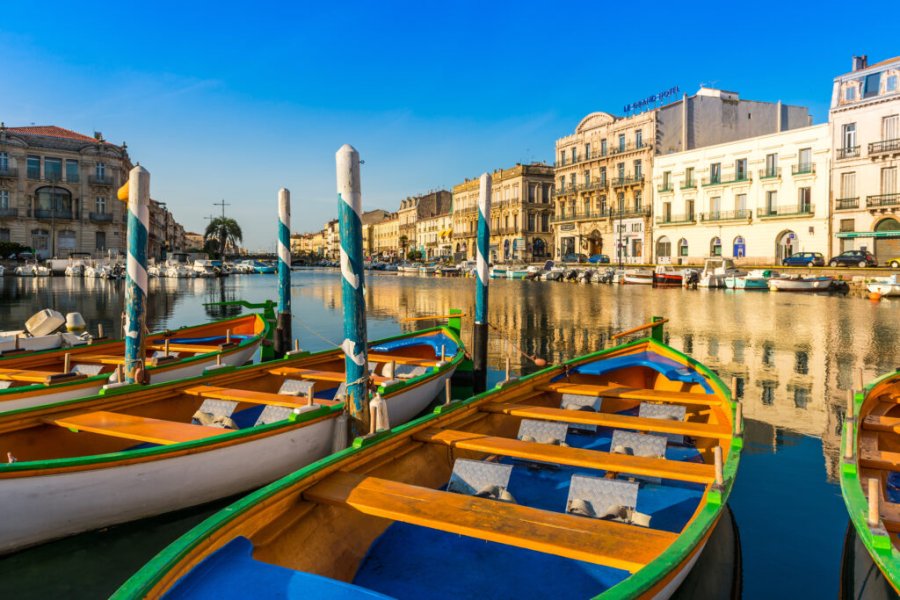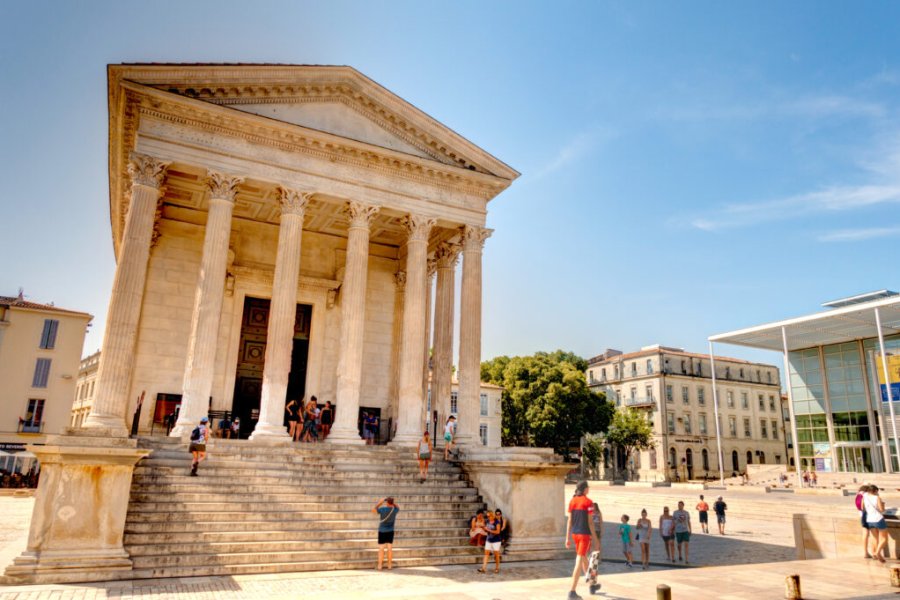Travel Guide Aller
Find an accommodation
Advertising
With the rise of Coto Bello, the commune welcomed one of the mythical steps of the Spanish Vuelta. But cyclists are not the first to have stayed in these fields. And by far, since Padrún's Megaliths bring the first signs of a occupation here to the bronze age (4,000 years BC). The Romans traced the via Carisa unante Gijón and Léon, which crosses the Corba de Carraceo here. At the end of the nineteenth century, the presence of large coal resources led to the development of a mining industry, still present in urban nuclei located in the lowest areas of the commune. If you leave the lowest parts of the commune, what is necessary in the eyes is nature, the beautiful landscapes, the imposing passes, which have made it a paradise of hunting, forest and waterfalls, to walk on foot, by bicycle, or why not on horseback, and skiing in winter, since the commune houses one of the most beautiful ski resorts in Northern Spain, Fuentes de Invierno.
Suggested addresses Aller
Weather at the moment
Advertising
Organize your trip with our partners Aller
Transportation
Book your plane tickets
Car Rental
Boat rental
Accommodation & stays
Find a hotel
Holiday rental
Find your campsite
Tailor-made trip
Immersion travel
Services / On site
Activities & visits
Find a doctor




